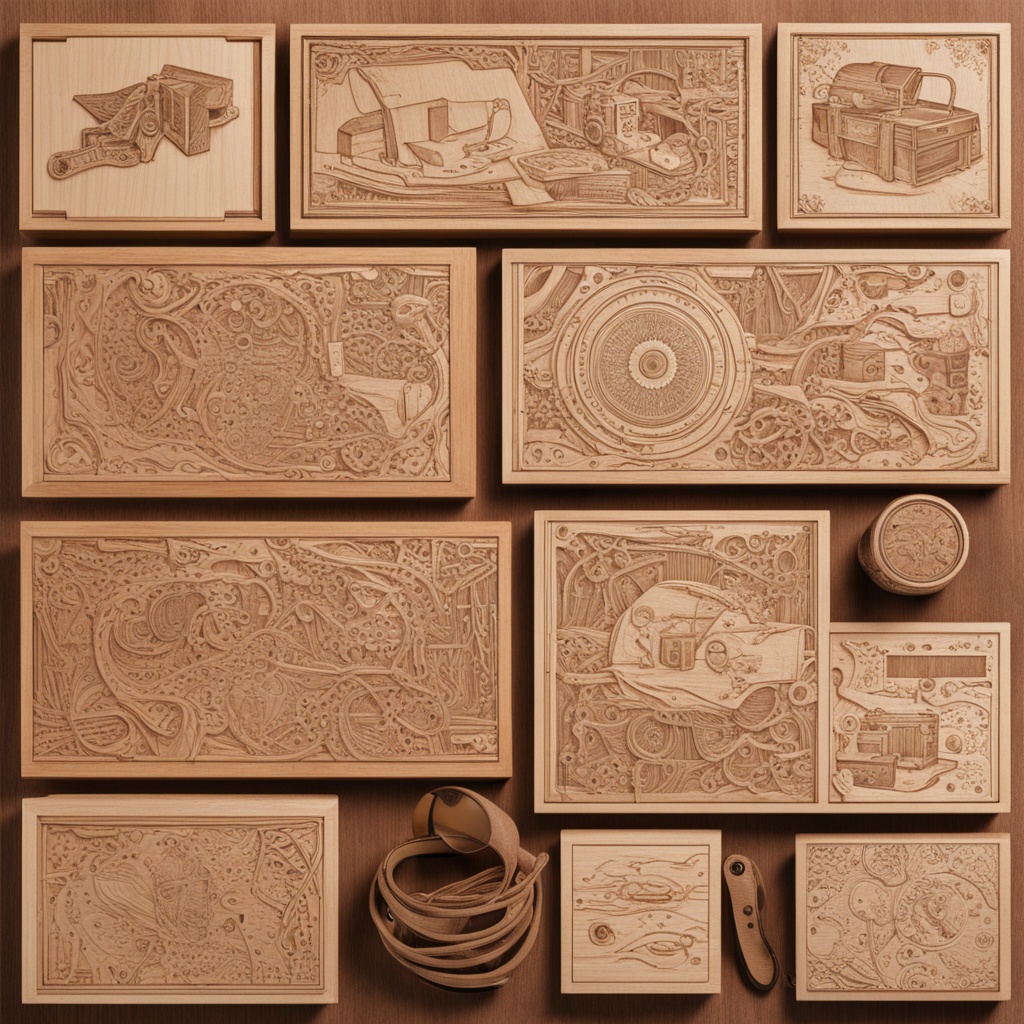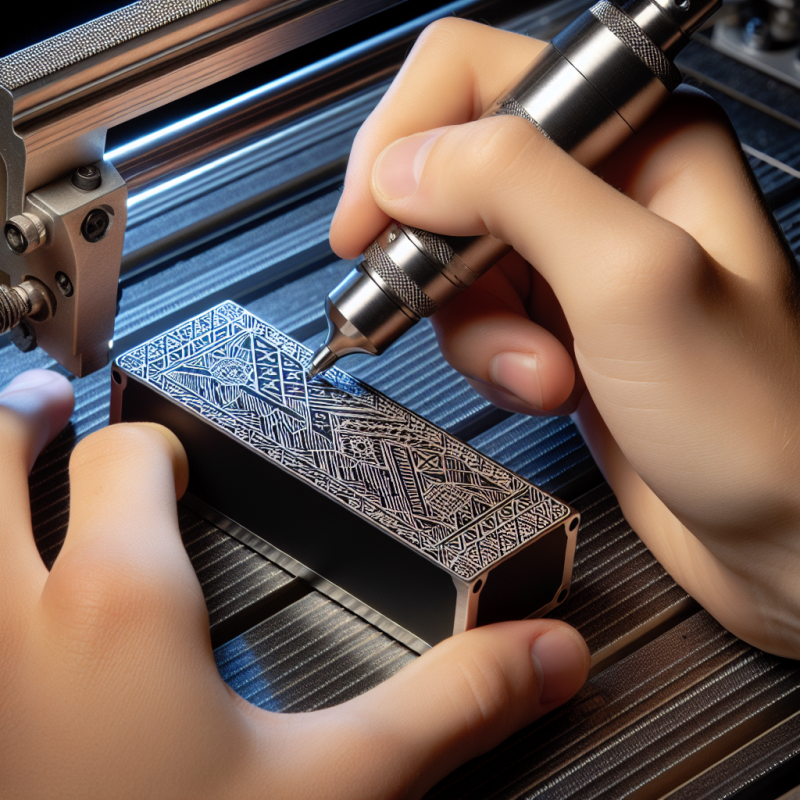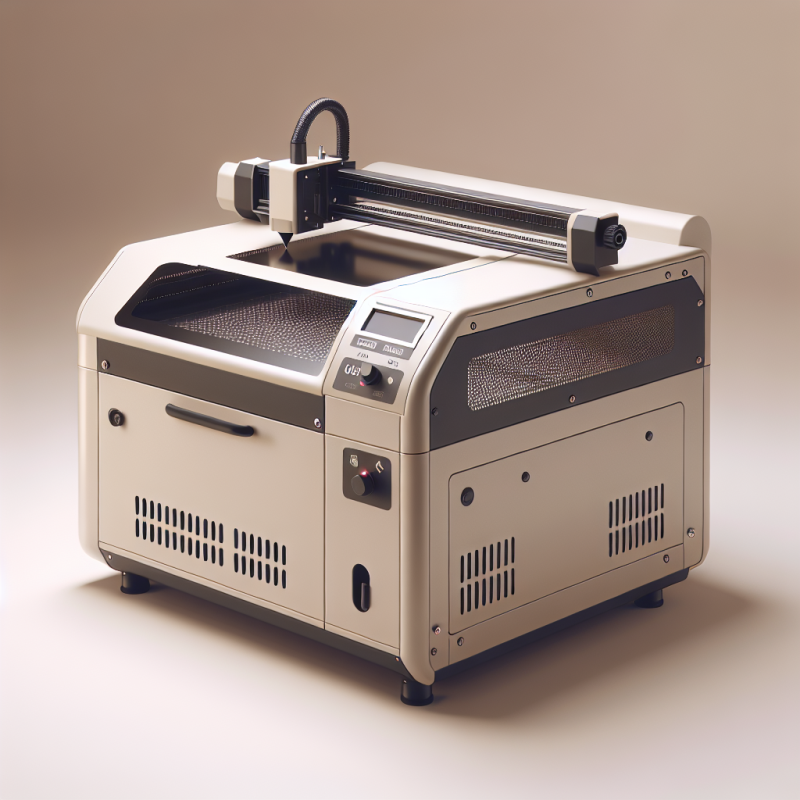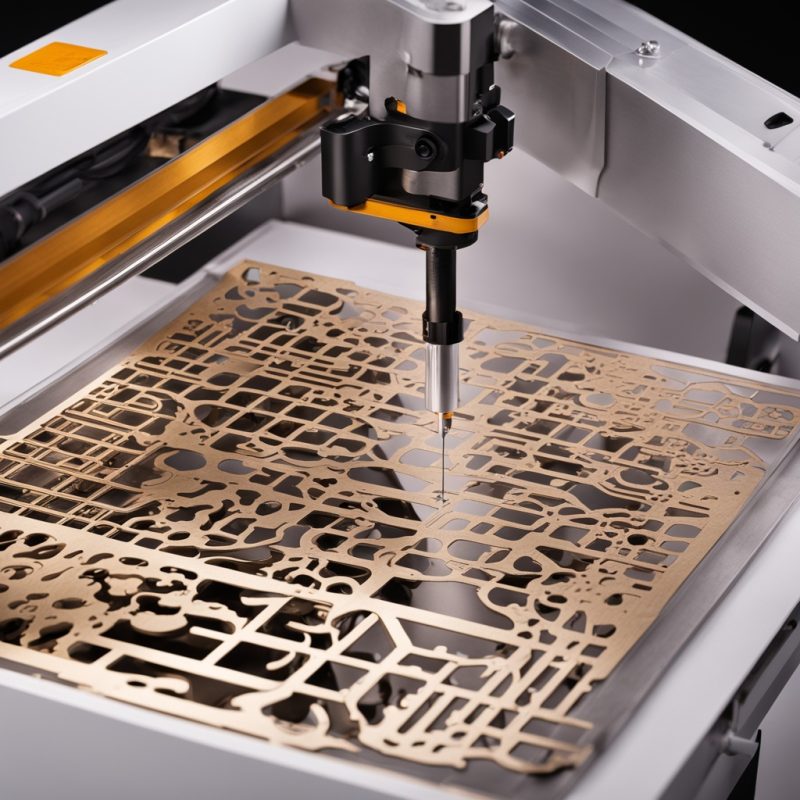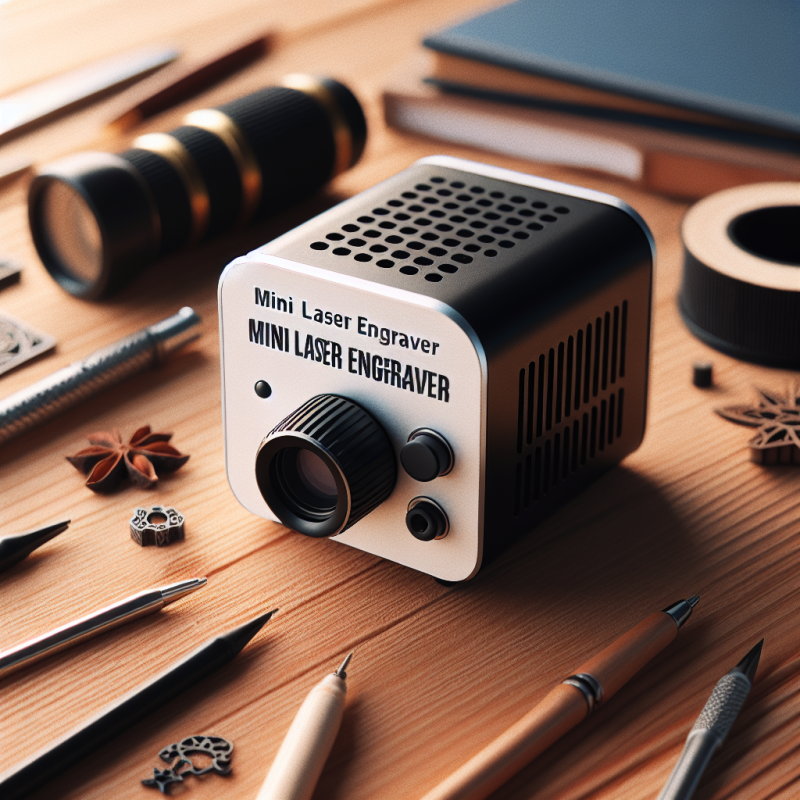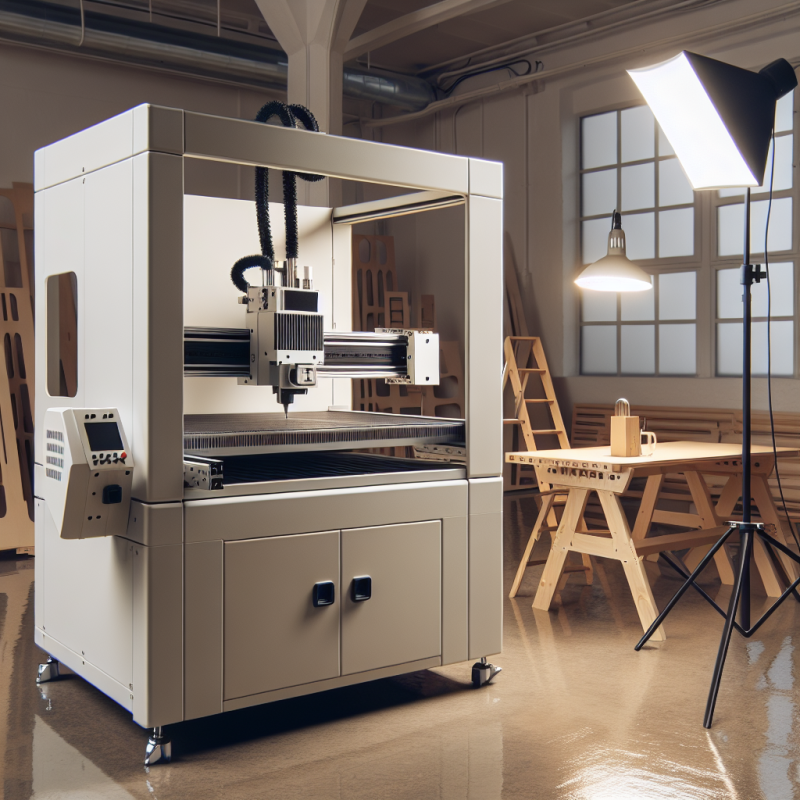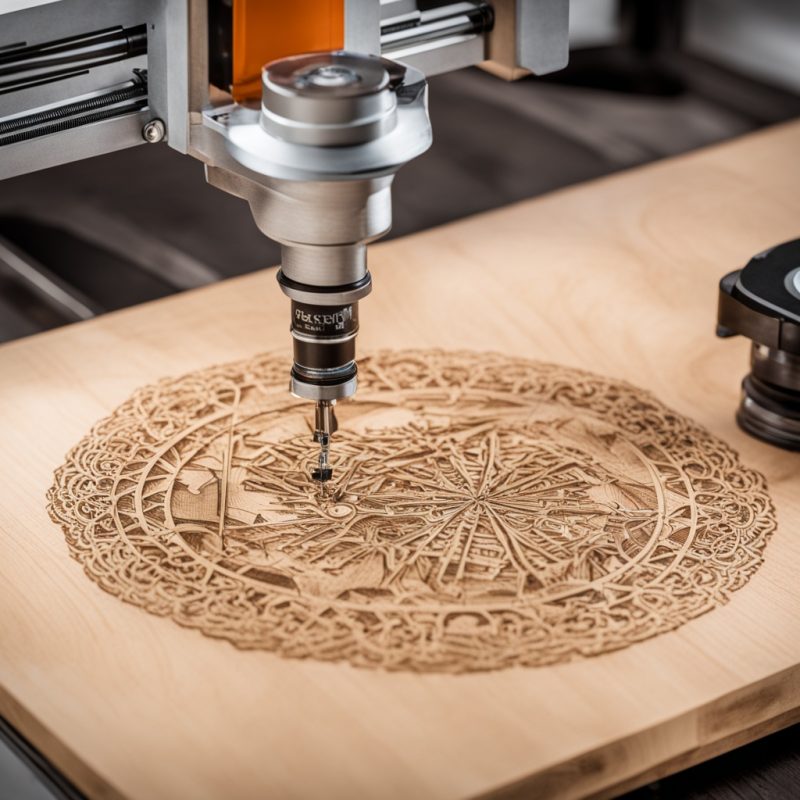Fiber Optic Laser Engraving Machine: Precision, Customization, and Efficiency
Fiber optic laser engraving machines have revolutionized the way we approach precision marking and customization. These advanced tools are transforming industries by offering unparalleled accuracy, speed, and versatility. Whether you’re working in jewelry design, electronics manufacturing, or artistic creation, a can streamline your workflow and enhance your final products. In this article, we’ll explore the features, benefits, and applications of these machines, as well as answer common questions to help you determine if one is right for your needs.
What Are Fiber Optic Laser Engraving Machines?
A fiber optic laser engraving machine uses a high-powered laser beam guided through optical fibers to etch or cut intricate designs onto various materials. Unlike traditional engraving methods, which often rely on mechanical tools that can cause wear and tear, laser engraving is non-contact and highly precise. This makes it ideal for delicate surfaces such as metals, plastics, ceramics, and even glass.
The machine’s fiber optic system ensures that the laser beam remains stable and focused, allowing for intricate details to be engraved with ease. Whether you’re creating custom jewelry engravings or industrial markings, these machines deliver exceptional results. But how exactly do they work? Let’s dive into the mechanics behind this innovative technology.
How Does a Fiber Optic Laser Engraving Machine Work?
The operation of a fiber optic laser engraving machine involves several key components:
- Laser Source: The laser generates a high-energy beam that is directed through optical fibers.
- Fiber Optics: These fibers guide the laser beam to the engraving head, maintaining its intensity and direction.
- Engraving Head: This component focuses the laser beam onto the material’s surface, creating precise markings or cuts.
- Control System: Advanced software controls the machine’s movements, ensuring accurate and repeatable results.
The process begins with a digital design file, which is uploaded into the machine’s control system. The laser then follows the programmed instructions to etch or cut the desired pattern onto the material. This level of precision allows for intricate designs, text, and even images to be reproduced with exceptional clarity.
Advantages of Fiber Optic Laser Engraving Machines
There are numerous reasons why fiber optic laser engraving machines have become a favorite tool in industries ranging from manufacturing to artistry. Here are some of their key advantages:
- Precision and Accuracy: The non-contact nature of the laser ensures that even the most delicate materials can be engraved without risking damage or wear.
- Speed and Efficiency: Laser engraving is significantly faster than traditional methods, reducing production time and increasing output.
- Versatility: These machines can work with a wide range of materials, making them suitable for diverse applications.
- Durability: Fiber optic lasers are known for their longevity and low maintenance costs, ensuring long-term reliability.
- Eco-Friendly: Laser engraving produces minimal waste and eliminates the need for harmful chemicals, making it an environmentally conscious choice.
By leveraging these advantages, businesses can enhance their productivity while maintaining high standards of quality. But how does this translate to real-world applications? Let’s explore some of the industries where fiber optic laser engraving machines are making a significant impact.
Applications of Fiber Optic Laser Engraving Machines
The versatility of fiber optic laser engraving machines makes them suitable for a wide range of applications. Here are some of the most common uses:
- Jewelry Design: Custom engravings on rings, necklaces, and other precious metals are created with precision and elegance.
- Electronic Components: Laser engraving is used to mark circuit boards, connectors, and other small parts with intricate details.
- Medical Devices: Precision engravings on surgical instruments and implants ensure traceability and compliance with standards.
- Artistic Creation: Artists use laser engraving to create detailed works on various materials, including wood, stone, and metal.
- Industrial Marking: Product codes, barcodes, and logos are etched onto machinery and equipment for identification purposes.
In each of these applications, the precision and efficiency of a play a critical role in achieving desired outcomes. Whether it’s creating personalized jewelry or marking industrial components, the results are consistently of high quality and durability.
Frequently Asked Questions About Fiber Optic Laser Engraving Machines
If you’re considering investing in a fiber optic laser engraving machine, here are some common questions to keep in mind:
- What materials can these machines work with?
Fiber optic laser engraving machines are compatible with metals (such as gold, silver, and stainless steel), plastics, ceramics, glass, wood, and leather. The specific material compatibility depends on the machine’s settings and the type of laser used. - How easy is it to learn how to use one?
Most machines come with user-friendly software that simplifies the design and engraving process. With minimal training, users can become proficient in operating these machines efficiently. - Are they suitable for small-scale operations?
Absolutely! Fiber optic laser engraving machines are ideal for both small-scale and large-scale production. They offer scalability, making them a versatile choice for businesses of all sizes. - What maintenance is required?
Regular cleaning and occasional calibration ensure optimal performance. However, compared to traditional engraving tools, these machines require minimal maintenance and have a longer lifespan.
By addressing these questions, you can better understand the capabilities and limitations of fiber optic laser engraving machines, helping you decide if they are the right tool for your projects.
Conclusion
Fiber optic laser engraving machines represent a significant advancement in precision marking and customization. Their ability to deliver accurate, efficient, and versatile results makes them indispensable across various industries. Whether you’re creating custom jewelry or marking industrial components, these machines offer a solution that combines innovation with practicality.
If you’re looking to enhance your business’s productivity and quality standards, consider investing in a . With their numerous advantages and wide range of applications, they are sure to elevate your projects to new heights.

